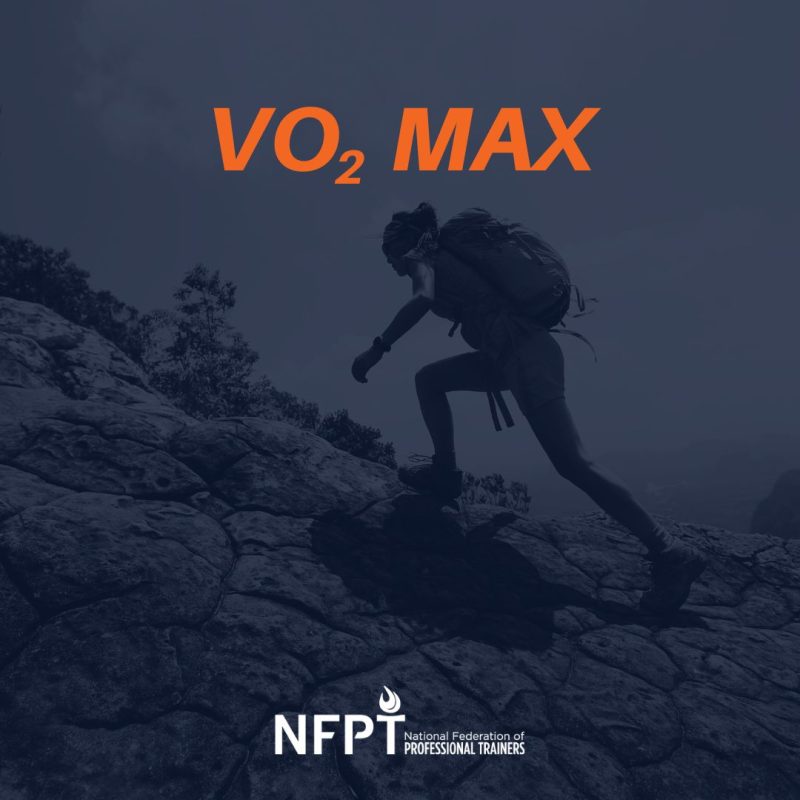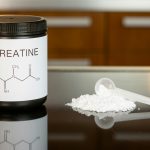
When starting a fitness client on a new exercise program, personal trainers must decide on the frequency of workouts, their duration, as well as their intensity. Seasoned athletes may hone in on more specific parameters; the consideration of VO2 max ranks high on their lists. This measure will vary from individual to individual but is also affected by altitude. Let’s explore.
Defining the VO2 Max Relative to Body Size
VO2 max has commonly been defined as the highest rate of oxygen consumption attainable during maximal or exhaustive exercise. This marks a point during a workout at which oxygen consumption reaches a plateau. It can also serve as an indicator of one’s maximal aerobic capacity. We measure VO2 max in milliliters of oxygen utilized per minute and per kilogram of body weight.
We can express this as a value relative to body weight, since oxygen consumption, as well as energy needs, differ based on the size of the individual. In some literature, we find VO2 max expressed relative to the body’s surface area. This becomes a useful tool when comparing children to adults, or contrasting oxygen uptake between the sexes.
The Effects of Altitude
Athletes value the role of VO2 max as an excellent determinant of cardiorespiratory endurance and aerobic fitness or potential. For an individual training for mountain climbing or running a marathon at higher altitudes, VO2 max plays a critical role. Before embarking on a discussion of how altitude affects oxygen consumption, however, we need a basic understanding of the physiological factors within the body that work in concert to determine the VO2 max. To this end, experts have proposed two theories to help explain these various processes:
1. Utilization Theory: This theory asserts that one’s aerobic capacity is limited by a lack of sufficient oxidative enzymes within the cell’s mitochondria, (the powerhouse of the cell). The body’s ability to utilize the circulating oxygen supply determines aerobic capacity. Some studies have shown that oxidative enzymes and the number and size of the cell’s mitochondria can actually increase with functional training. This leads to improved oxygen utilization, and hence to an improved VO2 max.
2. Presentation Theory: Proponents of this theory suggest that the ability of one’s cardiovascular system to deliver available oxygen to active tissues will determine aerobic capacity. Studies have shown that an increase in blood volume, maximal cardiac output, and improved perfusion of blood into the surrounding muscles account for any changes observed in VO2 max associated with functional training.
While both of these theories present strong evidence, experts now hold to the belief that available oxygen becomes the major limiting factor when considering endurance performance, giving great weight to the presentation theory.
Cardiac Output and Blood Volume
Stroke volume, another term often seen in conjunction with VO2 max, reflects the quantity of blood pumped out of the ventricle with each beat. Stroke volume can increase with functional training; such efficiency reduces the number of times the heart needs to beat per minute since more blood gets pumped out with each beat.
Therefore, heart rate x stroke volume = cardiac output. Based on the information presented here, we begin to form an idea of how altitude may affect an individual’s maximal aerobic capacity. VO2 max decreases as altitude increases above 1600 meters. This closely approximates the altitude of Denver, Colorado. For every 1000 meters above this level, maximal oxygen uptake decreases even further, by approximately 8-11%. This decrease reflects the downward slide in maximal cardiac output.
Since cardiac output depends upon stroke volume, this would make sense given the fact that stroke volume is decreased at high altitudes, due to the immediate lowering of blood plasma volume. In fact, plasma volume can decrease by as much as 25% within the first few hours of exposure to altitude, and requires a few weeks to plateau.
A decrease in one’s maximal heart rate likewise occurs at higher altitudes, leading to less oxygen being released from the blood into the muscles. A smaller number of available oxygen molecules per given amount of air necessitates increased breathing in order to consume the same amount of oxygen to which the body has become accustomed at sea level.
Adjusting Training for Peak Success
With all of these altitude-related changes occurring while at rest, the acts of exhaustive exercises such as climbing or running could seriously impact an athlete’s performance. Studies done by the U.S. Army Research Institute of Environmental Medicine have shed an interesting light on this topic. While it seems that strength and the ability to perform short, intense activities do not get especially affected by altitude, long-term aerobic work becomes significantly hampered at higher altitudes. Tasks require more time to complete, and the athlete requires more rest breaks in order to work efficiently. Thus, intense functional training engaged in at higher altitudes must allow for these differences.
High Altitude Training
The benefits of training in a high-altitude environment are transferred to training at lower altitudes. In other words, the increase in VO2 max resultant from high-altitude training will improve aerobic capacity from baseline when training at a lower altitude. This is why professional athletes and Olympians often train at high altitudes before competitive events at sea level.
There are caveats here: the benefits are gained only over 6,500 ft and do not exponentially increase as altitude increases. Additionally, it will take 3-4 weeks of training at this altitude for a notable increase in red blood cells to occur. The average increase in red blood cell count is reported to be around 8% and corresponds with a 4% rise in VO2 max.
Whether exercising at altitude or at sea level, an understanding of VO2 max can enable an athlete to fine-tune his aerobic potential. While not a great predictor of success in endurance events, One can certainly utilize VO2 max as a training tool. This represents just one more parameter in a long list of cardio-respiratory functions that can help an athlete gain that highly coveted competitive edge!
References
1. McArdle WD, Katch FI and Katch VL. (2000) Essentials of Exercise Physiology: 2nd Edition Philadelphia, PA: Lippincott Williams & Wilkins
2. Wilmore JH and Costill DL. (2005) Physiology of Sport and Exercise: 3rd Edition. Champaign, IL: Human Kinetics
3. West JB, Boyer SJ, Graber DJ, Hackett PH, Maret KH, Milledge JS, Peters RM Jr, Pizzo CJ, Samaja M, Sarnquist FH, et al. Maximal exercise at extreme altitudes on Mount Everest. J Appl Physiol. 1983 Sep;55(3):688-98
4. PUGH LG, GILL MB, LAHIRI S, MILLEDGE JS, WARD MP, WEST JB. MUSCULAR EXERCISE AT GREAT ALTITUDES. J Appl Physiol. 1964 May;19:431-40
5. Wilmore JH and Costill DL. (2005) Physiology of Sport and Exercise: 3rd Edition. Champaign, IL: Human Kinetics
6. Saltin B, Rowell LB. Functional adaptations to physical activity and inactivity. Federation Proceeding. 1980 Apr;39(5):1506-13
7. Costill DL, Thomas R, Robergs RA, Pascoe D, Lambert C, Barr S, Fink WJ. Adaptations to swimming training: influence of training volume. Med Sci Sports Exerc. 1991 Mar;23(3):371







